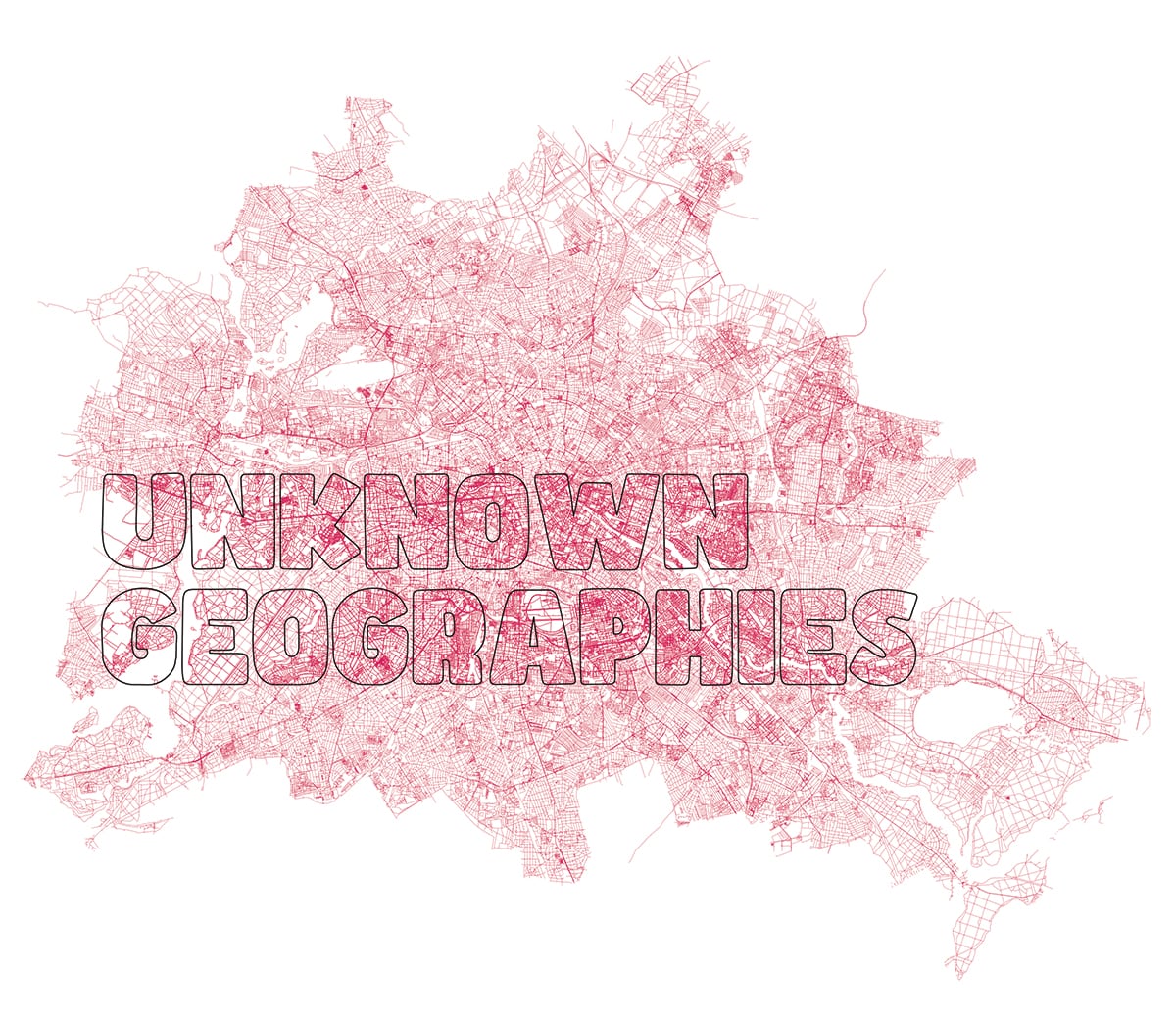Dance residency at TATWERK and in Hasenheide
The UNKNOWN GEOGRAPHIES residency programme focuses on somatic and choreographic practices in conversation with public space and nature. The residency will hold Volkspark Hasenheide and the studio at TATWERK as the working locations, allowing the physical dimensions of urban space to be explored in depth. The curatorial focus of UKNOWN GEOGRAPHIES is somatic and choreographic practices that link urban ecology with post-human insights and inclusive concepts of agency. We seek to deepen geographies of movement, sound and human, and non-human narration. In this way, research and projects will be addressing ecologically sustainable and socially-just concepts that value and promote the diversity of human and non-human experience and expression.
The first artists group to be selected is formed by Taiwo Ojudun and Jere Ikongio, with their research Trümmerberg Cartographies: Rituals, Memory, and Counter-Archives in Public Space.
Trümmerberg Cartographies: Rituals, Memory, and Counter-Archives in Public Space is a movement and somatic research project exploring how to activate Berlin’s Volkspark Hasenheide, particularly its Trümmerberg, as a layered and living counter-archive. Drawing from decolonial theory (Mbembe 2019) and urban spatial politics (Lefebvre 1991), it proposes an embodied counter-archive that resists dominant historiographies. The work engages with what Mbembe calls “the politics of presence” in postcolonial urban space, using ritual and movement to inhabit and disrupt the exclusionary narratives that shape access to memory and public space.
The history of Hasenheide then very relevant to the research, and the questions it wants to arise are: what histories linger in the muscle memory of bodies crossing this park? What sonic residues float in its pathways? And how one might choreograph presence as resistance?
Through ritual activations, guided performance labs, community co-creation sessions, and an evolving digital counter-archive, the park becomes both subject and stage.
The second artists group to be selected is formed by Soroa Lear and Pamela Moraga, with their Working Title: En Ausencia//In Absence.
The project deals with the relatability to absent lands while inhabiting present ones. How, when relocating to a different country with a radically different geography and culture, do we find ways of still connecting to our land and our roots?
Both Latina contemporary dancers living in Germany, Soroa and Pamela are interested in the ways Latines find forms of connection to the geographies they inhabit that still allow them to feel the presence of their land and culture, even in its absence. In the instance of Hasenheide, for example, how can one find a sense of home and belonging in a geography that is seemingly so separate to their heritage? Is it possible to simultaneously build a relationship to the land they inhabit while also using it as a means through which to connect to their Latinidad?
So much of contemporary dance in Europe is shaped by Western norms and aesthetics, and the artists are interested to research how they imbue both their dancing bodies and the spaces they inhabit—whether a studio, a stage, or a public park— with their Latinidades, not surrendering on the idea that immigration equals to giving up connection to one’s soil.
How can we find new approaches to connect to our own histories, oceans, and deserts, while engaging with and enjoying the geographies of Berlin? What rituals and acts can allow us to bring the presence of our ancestors and family homes into the landscape of Berlin?
Throughout the residency, practices will be built that draw from both quotidian and formal modes of connecting to Latinidad, creating an almost ritualistic and embodied archive of cultural connection.
What would it mean to practice our cultural dances in a German park? To dance salsa together or listen to reggaeton music in public? How will we negotiate the gazes of the people and geographies that inhabit the park? Using songs, sayings, dances, prayers, and ways of engaging with public and private spaces, the project explores how to bring what is absent into our present—without denying or ignoring either.
Graphics by Aurora Kellermann based on a Vector file by vecteezy.com.
Funded by the Senate Department for Culture and Social Cohesion of the State of Berlin.

